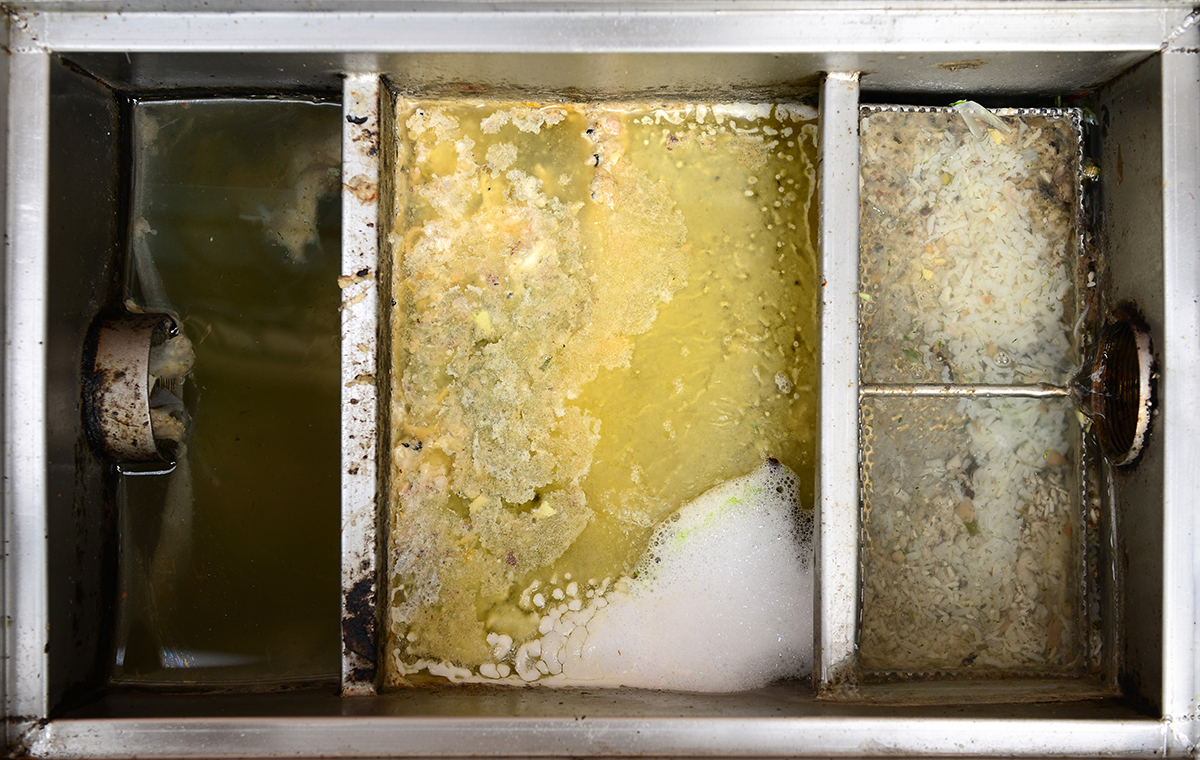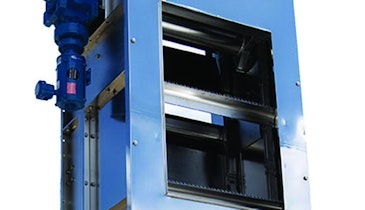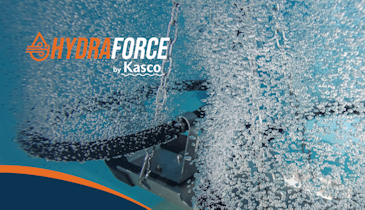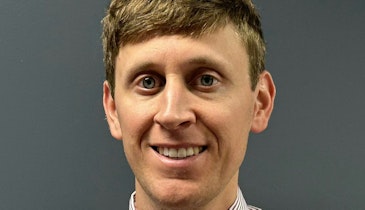Interested in Headworks?
Get Headworks articles, news and videos right in your inbox! Sign up now.
Headworks + Get AlertsDecentralized treatment of wastewater represents a significant portion of the cumulative wastewater flow to be treated in the United States. According to an EPA Decentralized Wastewater Program memo, more than one in five homes in the United States is served by a decentralized wastewater treatment system. These systems collectively treat more than 4 billion gallons of sewerage a day.
Septage systems that are appropriately designed and maintained provide an excellent form of localized wastewater treatment. If a system gets overloaded or is not on a regular schedule of service, then issues with contamination of surface or groundwater begin to emerge.
This is especially poignant in environmentally sensitive areas. An excellent example of this is in the Puget Sound located in the state of Washington. During World War II, the area was burgeoning with activity to support shipbuilding and movement of material. Many living areas sprung up near the water to support workers and their families. Now that those activities are no longer happening, the dwellings remain in place with very antiquated and inadequate septic systems that are failing and spilling over nutrients into the pristine waters of the Puget Sound.
Handling the load
A critical component of the proper maintenance of a functioning septic system is to regularly clean and extract the settled solids from the septic tank. For most locations in the country, options of disposal for the collected septic waste are narrowing to facilities that can handle and pretreat the wastes. Strict regulations and guidelines restrict landfill or land application without the material first undergoing some form of pretreatment.
Wastewater treatment plants provide a viable option to accept and process the collected septage. However, the sheer concentration of the transported sludge can potentially cause plant upsets in smaller WWTP facilities. Early strategies employed where septage was simply dumped in at the headworks, often overwhelmed the screen and caused problems downstream. The end result was many small plants choosing not to accept septage waste.
By creating a receiving area for hauler trucks to off-load the septage waste, it becomes practical to employ forms of pretreatment, monitoring and storage. This then allows the plant operations staff to control and meter the extra loading to the plant. Systems like this can be automated, reducing the need for excessive operator attention. An accurate billing system can be employed through a keypad/card kiosk that combines the measured flow and monitored water-quality parameters in the billing. The advantage of this approach is that it opens up an opportunity to generate revenue, which offsets the investment and contributes to reducing overall operating expenses.
Similar to the evolution of the handling of septic wastes with the creation of septage receiving stations, this same receiving station technique can be modified to accept energy-rich grease from restaurants and processors. With early adoption of processes like co-generation, high volatile organics (such as FOG) were being sought out to add to the digesters used in generating energy to offset operational costs. This new approach instituted programs of point source collection techniques for early capture of the grease in localized traps. This also greatly aided in minimizing maintenance issues associated with grease clogging in the municipality’s collection lines and associated lift stations as the wastes are transported to the wastewater treatment facility.
However, much like the early attempts with septage acceptance, grease carries its own set of factors that affect the ease and practicality of accepting those wastes at the facility. A WWTP in the Napa Valley, California, experienced initial difficulty with the handling and processing of received brown grease waste. The grease collection process was susceptible to people treating the collection bins as trash disposal. This presented a problem for the operators when the recycled grease arrived at their facility. The first design of the receiving station utilized a bucket strainer. The bucket required frequent manual cleaning that diverted operations personnel from essential plant duties. This manpower issue was easily resolved by incorporating a self-cleaning inline sludge screen. This configuration provided a robust technology that fits well into the automated system.
Not without challenges
As a greater diversity of hauled wastes is being accepted into septage receiving stations, so too are the occurrences of unplanned material entering the system. The industry has been served well by standardized septage receiving stations. Many of these systems were designed to accommodate domestic septic tank waste from households, apartment complexes, resorts, etc.
Portable restrooms present a new challenge. Whereas the nature of a conventional septic system’s waste characteristics minimized exotic debris in hauled waste, portable restrooms are a potential wild card. This type of portable toilet provides a sanitary solution for just about any outdoor event. However, this also provides a portal for disposal of just about anything imaginable.
A WWTP facility in Texas discovered firsthand what could be encountered with the introduction of waste from portable units. The first system was designed for traditional septage as well as grit. After a series of large public events, there was a sizable influx of wastes brought in from portable restroom waste. The receiving machines at the septage receiving station were quickly overwhelmed and disabled. In troubleshooting, they examined what had come in from several portable units around the metro area. They found everything from knives, ammunition and power tools to clothing, syringes and electronic devices in the septage.
With a clear understanding of the nature of debris being encountered at the facility, it was then possible to provide an addition at the station that could handle that type of waste without causing problems with the machinery. The solution was a center feed drum type of machine that could handle the severe and unusual material brought in with the portable restroom wastes.
What’s next?
As landfill space becomes scarce, the discarding of wastes becomes increasingly problematic. As costs increase and available space decreases, incentives are emerging to process the so-called “waste” and begin recycling the useable material. One such solution is found with the development of a receiving station that can accept vac truck wastes. This waste is made up of a variety of organic and inorganic material, as well as coarse, fine grit and gravel. This material commonly comes from activities like street sweeping or construction sites. By combining a series of known technologies, it is possible to accept the wastes into a centralized complete grit treatment facility. This type of system handles, washes and classifies the raw material. As a result, the classified inorganic material (sand and gravel) can be recycled for clean fill or road-bed material. The organics can be retrieved for co-digestion purposes. The net result is captured resources, and the remaining material for landfills is substantially reduced.
With a proper understanding of the materials and wastes to be handled, many possibilities open up. As we shift more from waste to resource paradigm, we will creatively provide solutions for the continued emergence of a circular economy.
HUBER Technology Inc., based in Denver, North Carolina, is one of the country’s largest manufacturers of wastewater, sludge and grit handling equipment. HUBER offers multiple screening and filtration solutions for municipalities and numerous industrial wastewater and intake applications. For more information on any of HUBER’s product lines, please complete the form at www.AskHUBER.com.
Visit the HUBER Technology, Inc. Storefront







